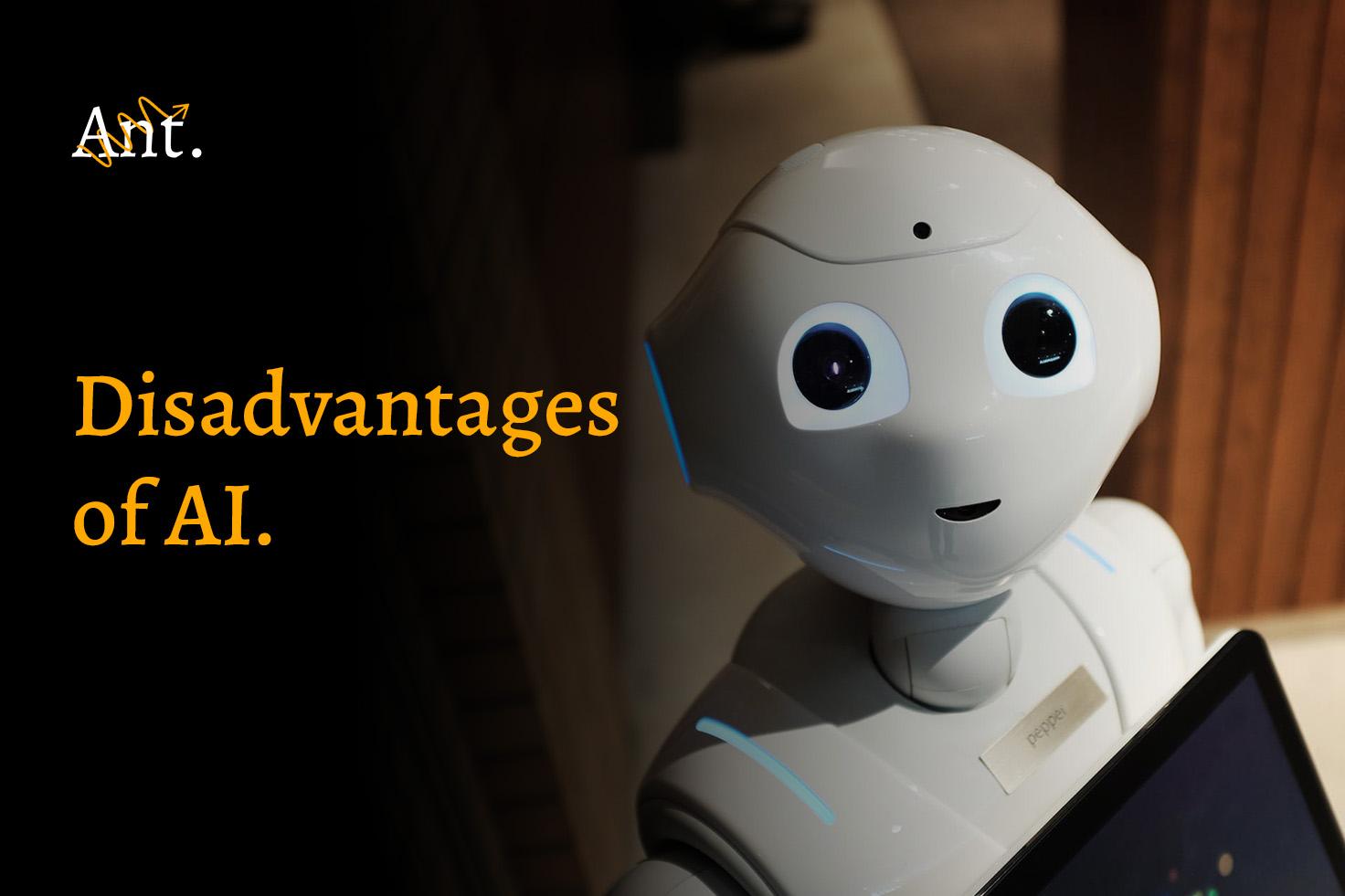The allure of effortless language acquisition through AI is undeniable. Top Leading AI Companies you sleep, mastering grammar through gamified exercises, or conversing with a virtual tutor who patiently corrects your every mistake. While AI holds immense potential for revolutionizing language learning, it’s crucial to understand its limitations before diving headfirst into a digital fiesta.
Broken Conversations: The Pitfalls of AI Language Models
One of the most touted features of AI language learning apps is the ability to converse with virtual tutors. However, these conversations often fall short of genuine human interaction.
Limited Context: AI language models struggle to grasp the nuances of context and subtext, leading to misunderstandings and awkward silences. Imagine trying to explain a cultural reference or a personal anecdote to a chatbot – the conversation might quickly become lost in translation.
Repetitive Drills: AI tutors often rely on pre-programmed responses and repetitive drills, failing to provide the dynamic, personalized feedback needed to truly master a language. Think of it as a monotonous language lab drill on steroids – not exactly the recipe for linguistic fluency.
Lack of Cultural Understanding: Language is deeply intertwined with culture. AI models, trained on vast datasets of text and code, often lack the cultural sensitivity to understand the subtleties of humor, slang, and social cues that are essential for effective communication. Learning Spanish from an AI is like learning the language of a robot – devoid of the warmth and vibrancy of human interaction.
Beyond the Textbook: The Importance of Human Connection
While AI can provide valuable tools for vocabulary building and grammar drills, it cannot replicate the human connection that is essential for language acquisition.
Immersion and Interaction: Immerse yourself in the language through conversations with native speakers, listening to music and podcasts, and watching movies and TV shows. These experiences provide context, nuance, and emotional connection that AI simply cannot replicate.
Creative Expression: Language is not just about rules and formulas; it’s a tool for creativity and self-expression. AI cannot guide you through the process of writing a poem, composing a song, or crafting a compelling story in Spanish. Only human interaction can unlock your creative potential and help you find your unique voice in the language.
Cultural Understanding: Learning a language is about opening a window into a new culture. This involves understanding traditions, customs, and social norms. AI may provide information, but it cannot offer the firsthand experiences and personal connections that are crucial for developing cultural sensitivity.
Finding the Balance: A Symbiotic Relationship
AI is not a silver bullet for language learning, but it can be a valuable tool when used strategically.
Supportive Companion: Use AI apps to supplement your learning, not replace it. Practice vocabulary with interactive games, test your grammar with quizzes, and use translation tools to clarify confusing phrases.
Personalized Learning: AI can personalize your learning experience by identifying your strengths and weaknesses. Use this data to focus on areas where you need the most help and track your progress over time.
Bridge to the Real World: Use AI to build your confidence and prepare for real-world interactions. Practice basic conversations with virtual tutors, but don’t rely solely on them. Seek out opportunities to speak with native speakers and immerse yourself in the culture.
Conclusion
AI has the benefits of artificial intelligence in education language learning and make it more accessible to everyone. However, it’s important to remember that true fluency comes from human connection, cultural immersion, and the joy of creative expression. So, while you embrace AI as a helpful companion on your language-learning journey, don’t forget the human element – the laughter, the shared stories, and the magic of connecting with people from different cultures. ¡Viva la lengua!
FAQs
Can AI apps help me become fluent in Spanish? AI can be a valuable tool, but it’s not a shortcut to fluency. Consistent practice, immersion in the language, and interaction with native speakers are essential for achieving true mastery.
Are AI tutors better than human teachers? AI tutors can provide personalized feedback and practice opportunities, but they lack the cultural understanding and emotional connection that human teachers offer. A blended approach that combines AI tools with human instruction is often the most effective.
Will AI replace human language teachers in the future? AI is unlikely to replace human teachers completely. However, it may change the role of teachers, with AI taking over repetitive tasks and allowing teachers to focus on personalized guidance and cultural immersion.
What are some ethical concerns about using AI for language learning? Biases in AI algorithms can lead to unfair representation of certain cultures or groups. It’s important to choose AI tools that are developed with diversity and inclusion in mind.



